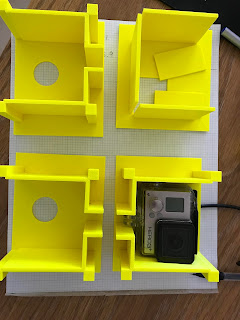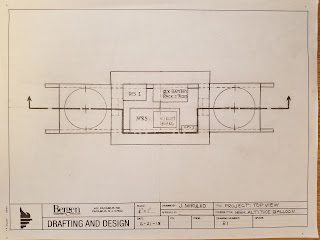Update Report
9/21/18 Petri parameters; Wall thickness: 2.1 mm +- 0.1 mm Height including ridge: 20.0 mm Diameter: equal to fusion model but might need more clearance for easier inserting Old polycarbonate: 0.490"x0.400" Ordered full 1/2'x1/2" rods in polycarbonate and aluminum as well as a smaller size aluminum rod. 10/12/18 Materials came in and at the moment the smaller aluminum is appearing to be our go to rod-material. Reorganized the mess that came with moving rooms. All is now is in separate bins. 10/19/2018 The team met with Professor Balzarette and discussed materials and overall weight solutions. The idea of carbon fiber tubing came up for a possible more rigid and light material than the polycarbonate or aluminum. The batteries take up a lot of space and weight so we need to look into finding a solution for this.







